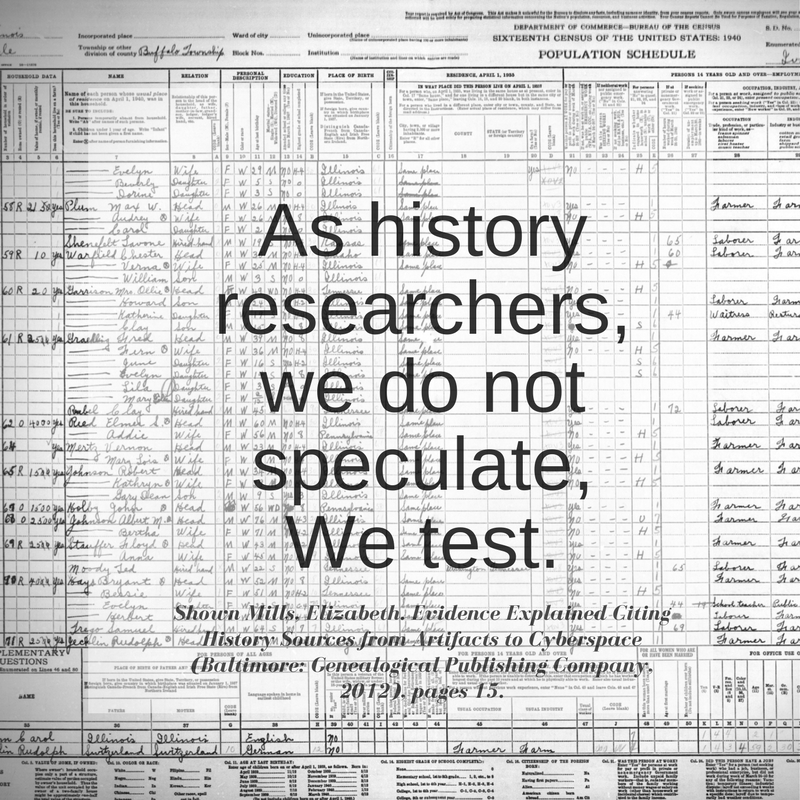The questions raised in “Serving on the Home Front,” came when I was browsing draft registration cards. I browsed the draft cards looking for my Great Grandfather, Bryant Edward Hays. I had started thinking about him while I was reading a novel about a family that lived through the two world wars. Born in 1888 and married in 1916, I wondered whether he served.
He did register for both drafts:
The World War I Draft Registration Card lists Bryant Hays as married and engaged in farming for himself in Polo, Illinois. His card indicated that he had not served previously. He cites “wife & farming” as the reasons why he is claiming an exemption from the service. (1)
Based on the draft categories, marriage may have given Bryant a temporary deferment and farming may have given Bryant a temporary exemption. (2)
The World War II Draft Registration Card lists Bryant Hays as living in Milledgeville, Illinois. The card does not ask about prior service nor provide space to claim an exemption. He used the card that was intended for men born after 28 Apr 1877 and before 16 Feb 1897. (3)
His 1930 Census listed “No” in the column for whether a person is a veteran or not. While this is not absolute proof, it is a good indication that Bryant did not serve in the armed forces.(4)
I look forward to exploring the ways in which people served on the home front in WWI.
~~~~~~~~~~
References
(1) “World War I Draft Registration Cards, 1917-1918,” digital images, Ancestry.com (http://www.ancestry.com : accessed 2 Apr 2017) Card for Bryant Hays. Citing “World War I Selective Service System Draft Registration Cards, 1917-1918,” Washington, D.C.: NARA, M1509, Roll: 1614436.
(2) “Selective Service Act of 1917” Wikipedia/org (https://en.wikipedia.org/wiki/Selective_Service_Act_of_1917 : accessed 10 Apr 2017)
(3) “U.S. World War II Draft Registration Cards, 1942, ” digital images, Ancestry.com (http://www.ancestry.com : 2 Apr 2017) Entry for Bryant Hays. Citing United States, Selective Service System. Selective Service Registration Cards, World War II: Fourth Registration. NARA Branch l, NAI Number: 623284; Record Group Number: 147.
(4) 1930 U.S. census, Ogle County, Illinois, population schedule, Buffalo Township, enumeration district (ED) 3, Sheet 1A (penned), Page 268 (stamped), dwelling 12, family 12, Bryant E Hays household; index and digital images, FamilySearch (http://www.familysearch.org : accessed 7 Jun 2017), citing NARA microfilm publication T626, roll 546.
#WW1 #Genealogy

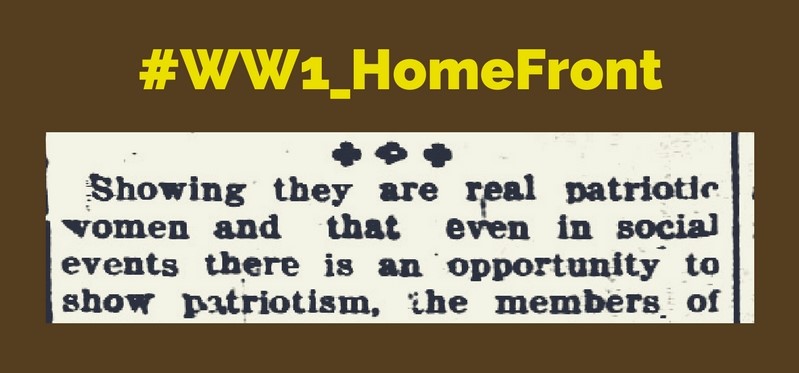
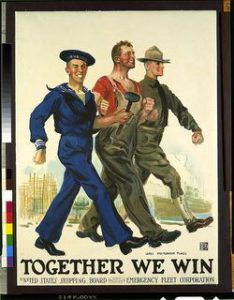
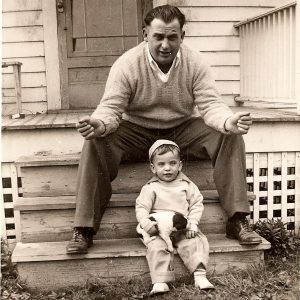
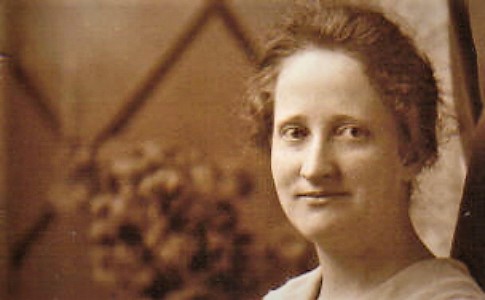

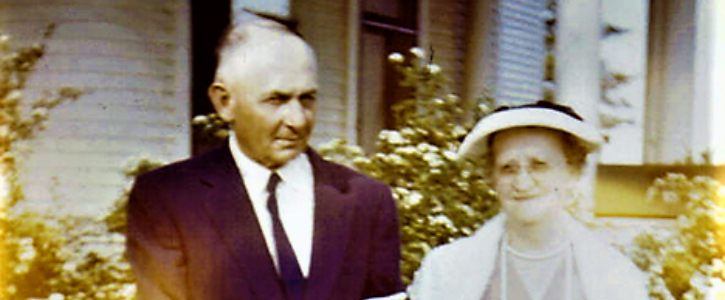

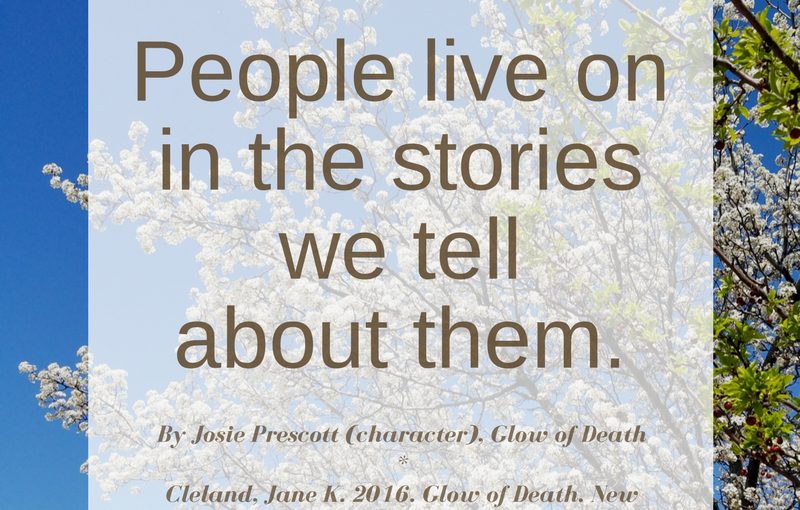
 I’m comfortable with research and
I’m comfortable with research and